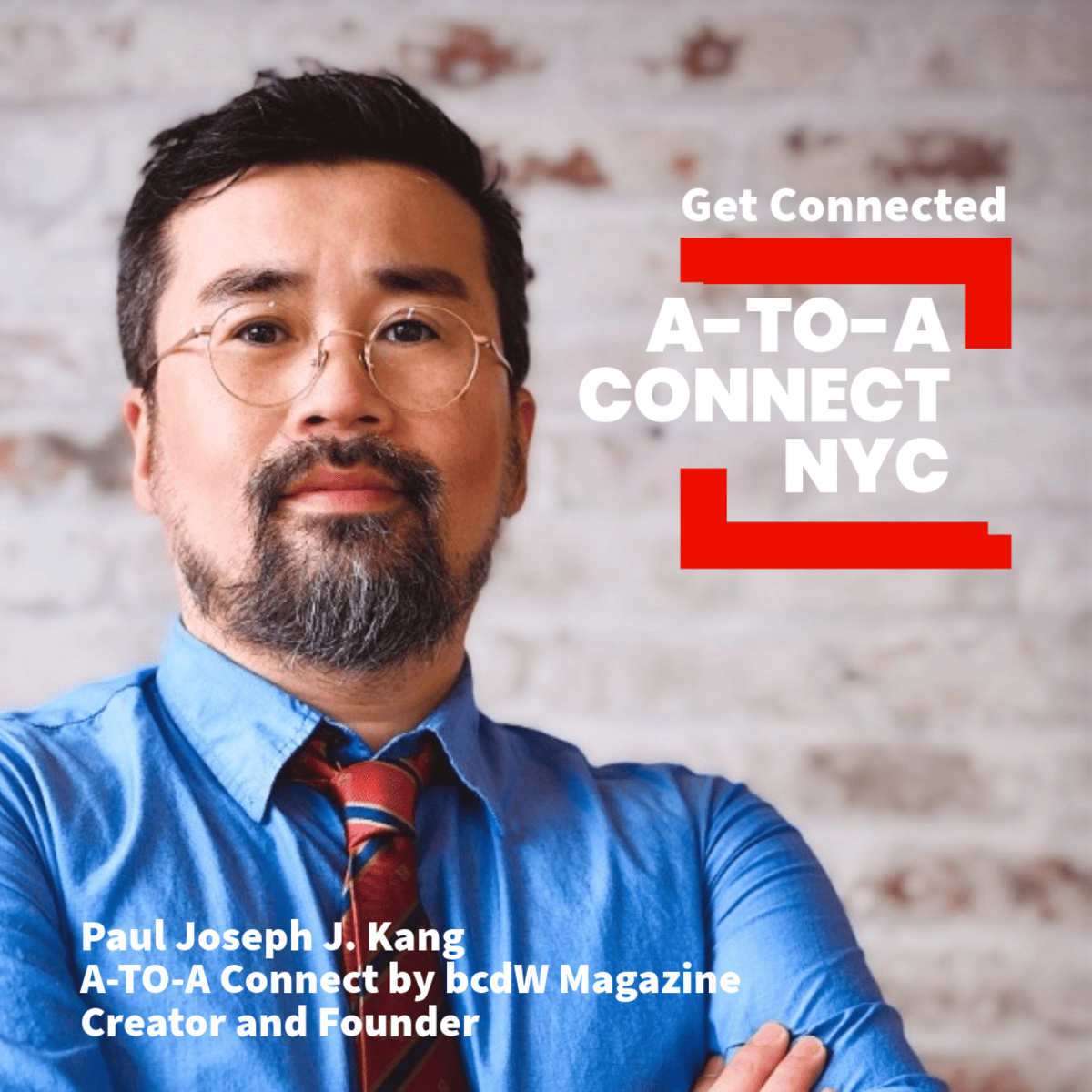Designing a city isn’t just about zoning, roads, or skylines — it’s about reimagining every detail of human life. From how we grow up to how we say goodbye, a truly future-facing city must rethink the systems we’ve long taken for granted. It must offer alternatives — not just upgrades — to the deeply human needs and desires shaped by conventional urban life.
Among those systems, education stands as both foundation and frontier. In the age of artificial intelligence and civic disconnection, the question is no longer just what we teach — but where, how, and why we learn at all.
Why Are We Revisiting a 19th-Century School Model in a 21st-Century City?
In the age of AI, smart cities, and personalized learning, one surprising concept is making a quiet comeback: the one-room schoolhouse.
Once dismissed as a relic of the pre-industrial world, the one-room school model — where one teacher educates students of all ages in a single classroom — is returning in new forms. And it’s not just nostalgia. It’s necessity.
As we imagine the next generation of cities, especially human-centered concepts like the 18-minute city, we must ask: what kind of education belongs in a society built on memory, resilience, and interconnection — not just speed and optimization?

The Global History of the One-Room Schoolhouse
Before mass industrialization, one-room schools were the global norm. From rural America to the Canadian plains, from early Finnish parishes to Korean countryside “bun-gyo” (branch schools), these small, community-embedded schools thrived.
Region | Model | Role |
|---|---|---|
U.S. Midwest | Prairie one-room schools | Taught 5–18-year-olds together under one roof |
Finland | Parish schools | Foundation of Finland’s later equity-driven model |
India | Gurukul tradition | Master-disciple model focused on life and wisdom |
Korea | Rural branch schools | Mixed-grade instruction in farming villages |
Africa | Community learning huts | Informal yet vital rural education centers |
These were not just places of instruction — they were civic centers. They taught literacy, but also relationships, rituals, and responsibilities.
Why Did One-Room Schools Disappear?
With the rise of the Industrial Revolution, education systems were redesigned to feed the labor force:
Bell-based schedules replaced seasonal rhythms
Centralized curricula replaced local knowledge
Factory-model classrooms replaced intergenerational learning
Standardized testing became the measure of value
Efficiency won. Community lost.
Alpha School: The Modern One-Room Schoolhouse, Reimagined
Fast forward to today. Alpha School — with campuses in Austin, Miami, and more — blends the personalized spirit of the one-room schoolhouse with 21st-century technology.
AI-driven personalized learning for 2 hours per day
Self-directed projects and life skills in the remaining hours
Mixed-level cohorts learning at individual paces
Small, walkable, community-based campuses
Alpha School isn’t just a private school — it’s a new infrastructure model that could replace outdated educational zones in future cities.


the exterior of Alpha school in Austin
Why This Matters in an 18-Minute City
The Sim Eternal City — a next-generation urban vision I am developing — proposes an 18-minute city where death is not taboo, but integrated. Where mobility, memory, and meaning co-exist. Where education must go beyond test prep and job readiness.
This vision demands distributed, resilient, intergenerational, and emotionally literate schools.
Alpha School fits perfectly. But it is just the beginning.
Introducing Sim Eternal School: A Civic Education for Life and Death
Imagine a school where students learn how to grieve, not just how to multiply. Where memory and urban history are part of the curriculum. Where elders, artists, and technologists co-teach even Robotics in a former cemetery turned solar-powered civic campus.


That’s Sim Eternal School — a new model we’re building for the Sim Eternal City. It’s based on Alpha School’s efficiency and personalization, but expands into new territory:
Feature | Alpha School | Sim Eternal School |
|---|---|---|
Learning Focus | AI tutoring & mastery learning | Legacy, grief, memory, XR storytelling |
Location | Suburban micro-campus | Cemetery-adjacent, public memory sites |
Format | K-12 private school | Civic micro-campus for youth + elders |
Curriculum | STEM + life skills | Digital memorials, philosophical dialogue, urban rituals |
This Is Not a Trend — It’s a Paradigm Shift
What Alpha School proves is that technology can return us to something deeply human — small, purposeful learning environments. What Sim Eternal School aims to show is that meaning and mortality are essential to urban life — not footnotes.
In a world flooded with automation, we don’t need faster schools. We need wiser ones.
The future of education isn’t just about career-readiness or college admissions. It’s about community-readiness. Legacy-readiness. Life-readiness.
Conclusion: Cities That Teach Us How to Live — and How to Say Goodbye with fruitful co-existence.
We are at a turning point. Urban education can remain a relic of the factory era — or evolve into something more reflective, responsive, and regenerative.
The return of the one-room schoolhouse is not regression. It is revelation.
In Alpha School, we see the structure. In Sim Eternal School, we find the soul.
And in the 18-minute city, we finally build the world where they can both coexist — within walking distance.
Interested in learning more about Sim Eternal School or building a PoC in your city?
Reach out via BigC.Works.
Let’s reimagine education where the living and the dead learn side by side — not in fear, but in harmony.

